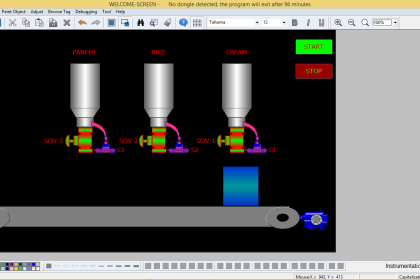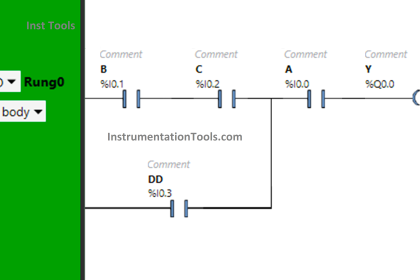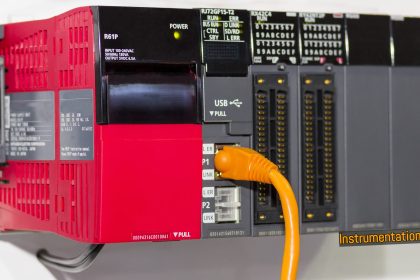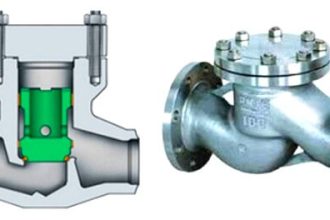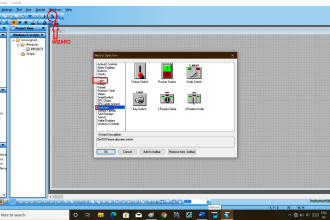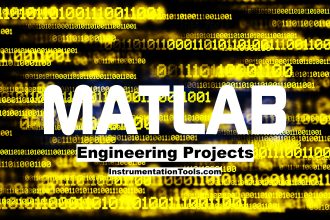Industrial automation has majorly two kinds of systems – process, and machine.
Process automation can be termed as systems like food and beverage, chemicals, pharmaceuticals, HVAC, etc. where it has many cycles in operation and is a step-by-step one. Basically, it means slower processes, where a control variable needs to be maintained properly, gradually, and steadily.
Machine automation can be termed as systems like cutting machines, printing machines, labeling machines, etc. where it is quick in operation and production time is very less to get higher output.
So, be it any automation, there are two types of controllers in it – PLC and motion controller.
PLC can be used for both the process and machine automation, but for machine automation, motion controllers are the most preferred.
In this post, we will learn the difference between PLC and motion controller.
What is PLC?
PLC’s full form is the Programmable Logic Controller. It has a processor, memory, IO modules for hardware interfacing, and communication modules to interface real-world inputs and outputs with it and process the same. This will control the outputs accordingly.
There are five types of software languages used in it for programming – ladder logic, structured text, functional block diagram, instruction list, and sequential flow chart. These languages can be used to write programs in PLC accordingly and process the logic.
PLCs have the benefit of being familiar (both in terms of hardware and software) to machine programmers and technicians, making them simple to program, diagnose, and service.
But, PLCs are limited in some storage, processing speed, and libraries. It cannot execute very fast applications with ease and accuracy; yes it can be done in PLC but will require a lot of programming and complex coding to do the same.
Also, the wiring restrictions in PLC, limit its capability to communicate swiftly with high-speed machines like robots and axis-motion. (For a complex machine)
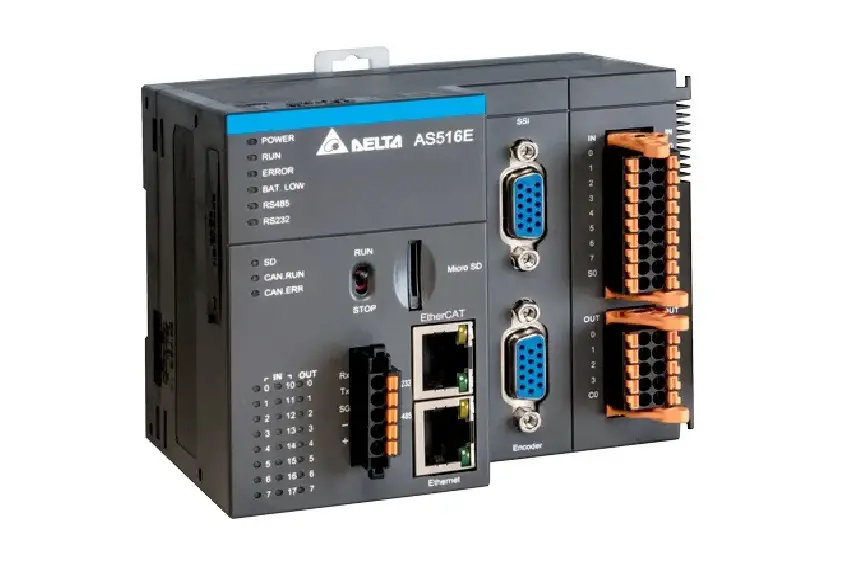
What is a Motion Controller?
The motion controller is also termed a PAC (programmable automation controller). It can execute higher-level instructions. As the name implies, a motion controller can handle all motion-related tasks with ease and comfort.
The motion controller is dedicated to motion control, making its motion capabilities much more expansive than that of the PLC. These machine architectures tend to integrate powerful processors and high-speed process execution and data acquisition.
Motion Controllers also offer several advantages in terms of motion performance, such as greater repeatability, velocity control, and settling time. It can easily integrate with servo drives, robots, optical sensors, high-speed camera sensors, and axis-motion machines.
Two things differentiate them from PLC – open architecture (can be used with any third-party device) and modular design (can handle a large number of IOs).
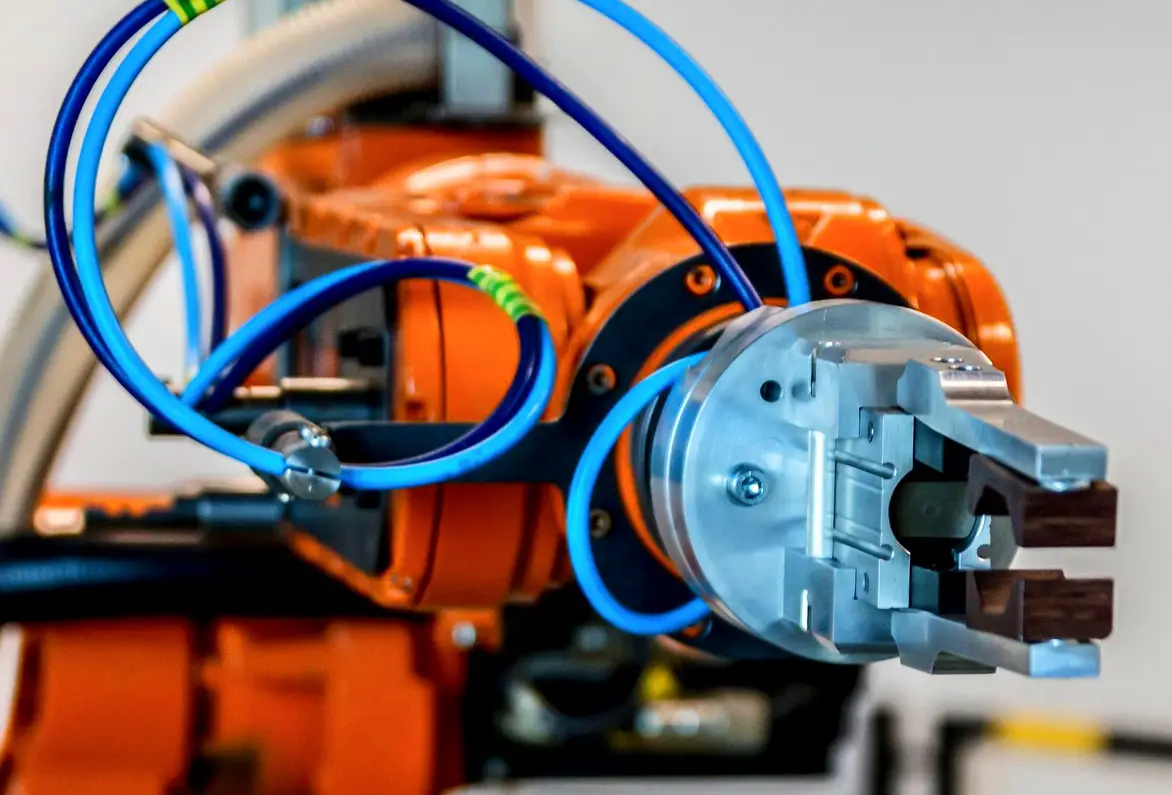
Difference between Motion Controller and PLC
The main differences between PLC and Motion Controllers are as follows.
- Programming in PLC is simpler than motion controllers, but motion controllers can handle high processing speed applications, larger memory, multiple high-speed functions, and strong sequencing.
- Closed loop control of normal motors, servo motors, encoders, and stepper motors, is achieved with more accuracy, control, and efficiency in motion controllers than in PLC.
- Motion controllers have various types of simulations inside them to test the actual machine properly, with advanced types of function blocks. This also implies that motion controllers can handle complex algorithms with ease. PLCs have basic function blocks.
- High-speed laser sensor data, camera data, and position capture can be achieved quickly with microsecond latency in motion controllers than PLC.
- PLC can be used for motion control, but with difficult programming and complexity; whereas a motion controller can be used for process automation too with equal easiness.
If you liked this article, then please subscribe to our YouTube Channel for Instrumentation, Electrical, PLC, and SCADA video tutorials.
You can also follow us on Facebook and Twitter to receive daily updates.
Read Next:
- PLC Feedback Monitoring
- Safety Interlock PLC Program
- Industrial Automation Solution
- Automation Project Investment
- Motor Feedback Fail Logic in PLC



